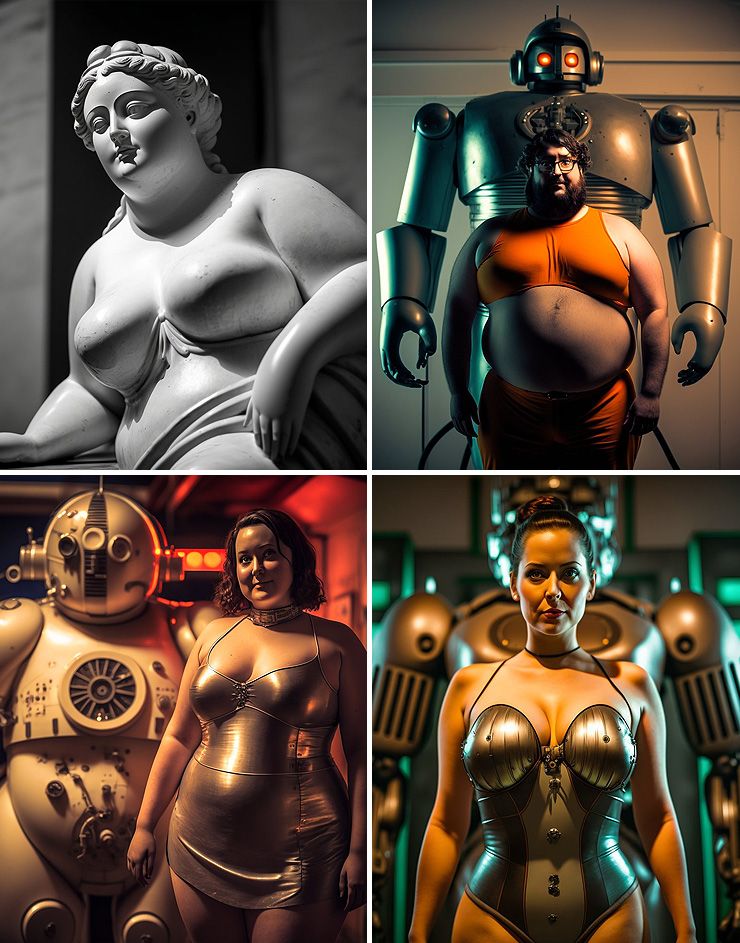Every photograph is a technological marvel.
The very first one, in 1826, burned a faint blurry mess onto a metal plate coated with asphalt. It took somewhere between eight hours and several days of exposure to work. Not exactly selfie material.

Things have gotten better of course. Cameras transformed from massive black boxes to bulky SLRs to iPhones. The recording medium evolved from metal plates to film to microchips. Now, 200 years after Nicéphore Niépce aimed his camera obscura out of a window at Le Gras, we're ready for the next major leap. Photography without any camera at all.
A new generation of AI-enabled artists are painting photos out of imagination and algorithms rather than light. The results can be beautiful, dramatic, funny or just strange. And they have already created caustic debates. Are these images real photographs, a new art form or, in the dimmest view, some sort of visual fraud?

At Meteor, we're in the camp of new art form in which the earliest images have much in common with traditional photographs, but the future evolutions could go in a million directions not possible in the physical world.
We also believe that traditional photographs, by capturing a lived moment for both artist and subject, are documenting something that synthography does not. And that's ok. A new medium doesn't have to fully replace another. They can overlap while also retaining qualities that make each unique.

Already synthography is being put to practical use. Startup Scale.AI is powering AI driven product shots. Stock photography giants Shutterstock and Adobe have both committed to selling synthetic images in their marketplaces. And even Vogue can't resist. A synthetic photograph graced the cover of its Singapore edition last month.

The Vogue cover brings to light another interesting question. If AI can generate near perfect images of near perfect people, are today's supermodels the last of their kind to roam the Earth? It's an odd thought and one that makes us realize how unpredictable the ramifications of AI have become. Our science fiction has had an easier time imagining AI robots sent to kill us, then AI algorithms sent to make it hard for pretty people to find work.

There are also major implications for authenticity. Which images are real? When does it matter? It's bad to make a deep fake of the president. Is it bad to make a deep fake of your imaginary vacation?
AI provocateur Stelfie the Time Traveler has taken this idea to its most absurd with a wildly entertaining series of synthographs showing him traveling through time, having beers with Shakespeare or a heart-to-heart with Freud.
He's proving synthography, like photography before it, is an engine of our imaginations as much as a document of reality.

Want to try synthography for yourself? Here are some of our favorite tutorials.
How to make cinematic shots with Midjourney: A great guide to recreating movie magic.
Ultra-realistic Midjourney tutorial: Youtube vlogger Matt Wolfe gives you step-by-step instructions.
Gorgeous fashion shots made easy: Twitter artist Nick St. Pierre shares his secrets to additive prompting.
And finally, an AI artist keeping it real...

AI image engines have been roundly (and correctly) criticized for defaulting to over-sexualized bikini model stereotypes of women's bodies. But it doesn't have to be that way. Javier Lopez is proving that with the right prompts, AI can make people (and robots) that feel a bit more like the rest of us.







